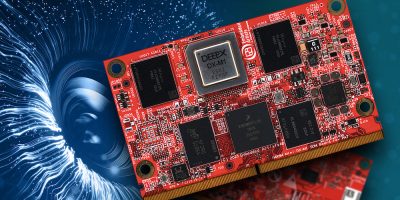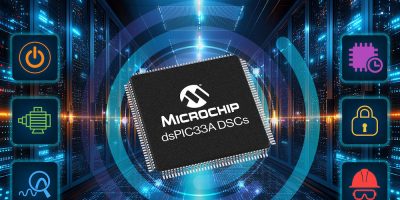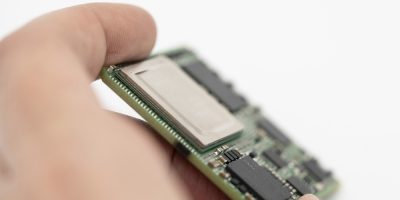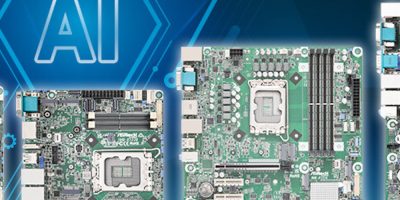Virtium Embedded Artists has announced the launch of the iMX8M Mini DX-M1, a system-on-module (SOM) which integrates a quad-core application processor and a 25 TOPS AI hardware accelerator chip with associated memory on a board with a compact 82mm x 50mm footprint.
By integrating a DEEPX DX-M1 AI accelerator into the SOM, Virtium Embedded Artists eliminates the need for embedded device manufacturers that want to implement AI functions to plug a discrete AI processor module into their system. This provides multiple benefits to OEMs and designers, including board space savings, simplified systems design, streamlined bill-of-materials, and faster time-to-market.
The new Virtium Embedded Artists SOM is based on the i.MX 8M Mini from NXP Semiconductors, an application processor which features four 1.6GHz/1.8GHz Arm® Cortex®-A53 CPU cores backed by 2GB of LPDDR4 memory, as well as a 400MHz Cortex-M4 controller core. The i.MX 8M Mini provides strong support for video and imaging applications thanks to its video engine with 1080p codec, 2D/3D graphics engine, and 4-lane MIPI-DSI interface, as well as a Gigabit Ethernet interface.
Working in tandem with the DEEPX DX-M1 NPU, the i.MX 8M provides the image processing capability required to support AI-enabled vision systems used in popular and emerging vision applications. These include:
• Drones
• Security and surveillance
• Automated inspection and monitoring
• Transportation
• MedTech
• AgTech
The DX-M1, a high-performance AI accelerator, provides 25 TOPS of throughput at an average power consumption of 5W, making the SOM ideal for power-constrained edge computing applications. In this new Virtium Embedded Artists implementation, the SOM provides 4GB of LPDDR5 memory for the AI processor accessed via a 64-bit, 4-channel data bus. This enables the DX-M1 to run multiple AI models concurrently without performance degradation.
Virtium Embedded Artists supplies the iMX8M Mini DX-M1 SOM in two versions: one with the DEEPX AI accelerator and i.MX 8M Mini processor, and one with the i.MX 8M Mini alone. This allows OEMs to easily scale up embedded computer systems based on the i.MX 8M Mini to also provide vision AI capabilities without altering their carrier board design.
Each of the two versions of the SOM is available with a 1.8GHz i.MX 8M Mini, for operation at temperatures between 0°C and 70°C, or with a 1.6GHz i.MX 8M Mini with an operating-temperature range of -40°C to 85°C.
Alongside the iMX8M Mini DX-M1 hardware, Virtium Embedded Artists provides a full technical support service. It also supplies the DEEPX iM8 Mini AI Kit, which includes reference design implementations for key interfaces. Virtium Embedded Artists provides pre-designed standard carrier boards to ease integration into customers’ designs.







